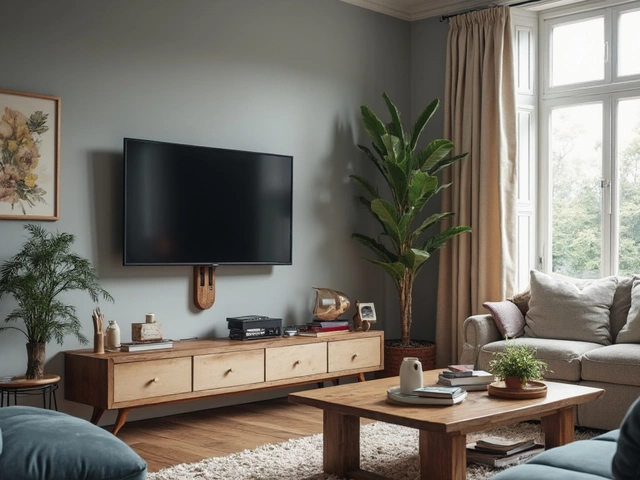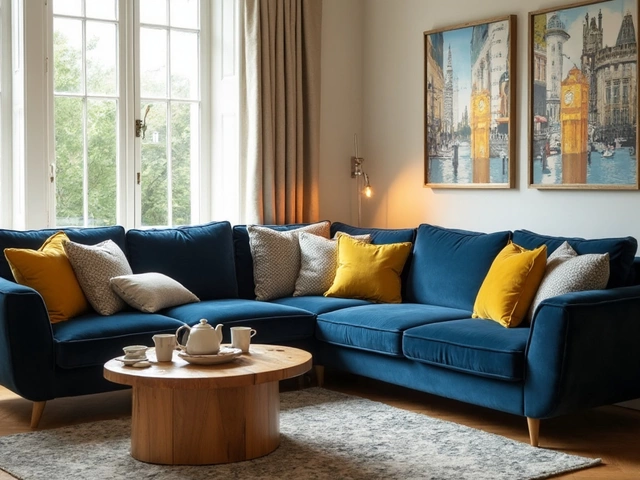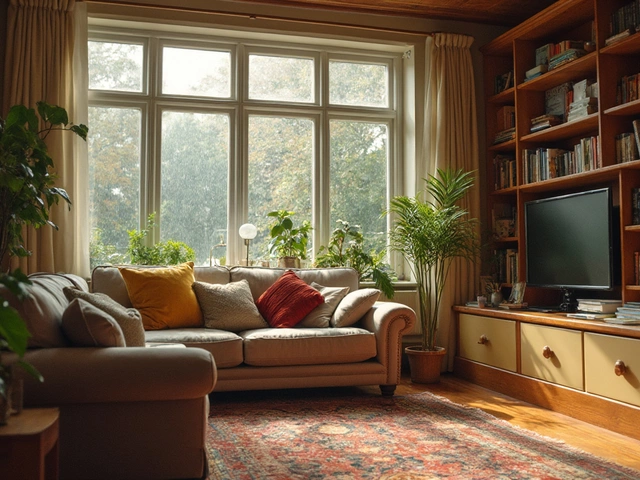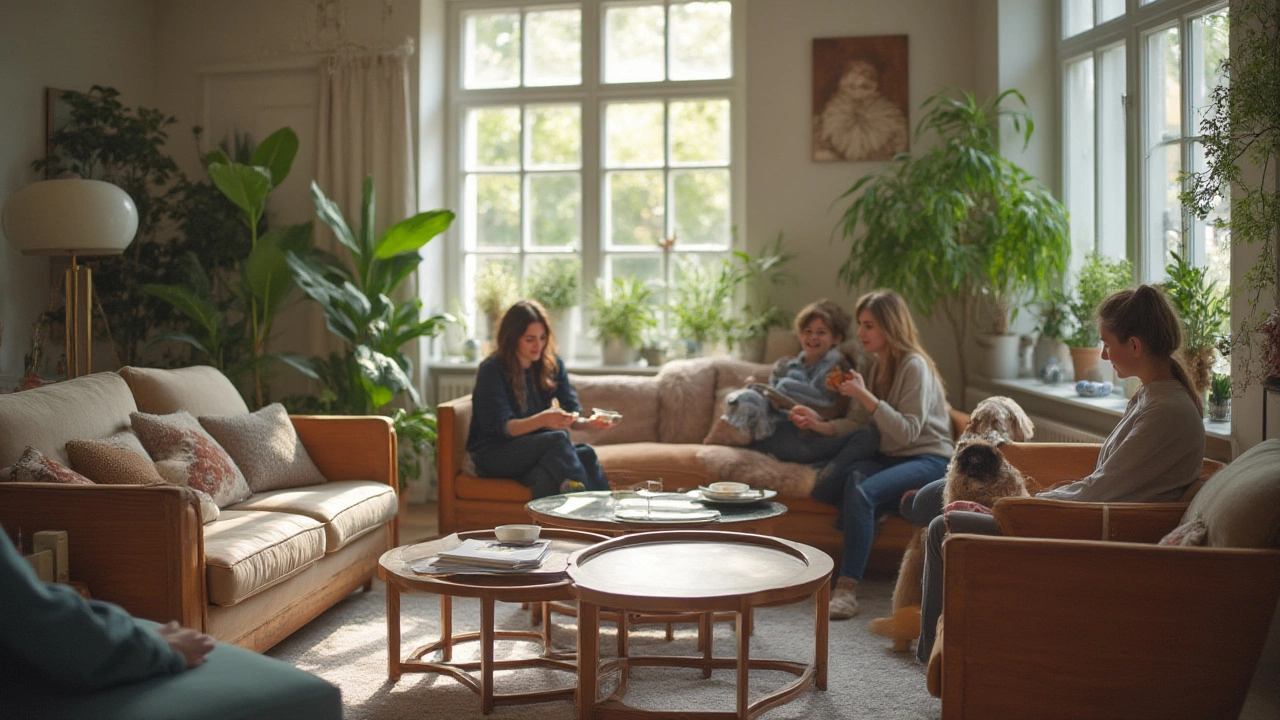 1
Aug,2025
1
Aug,2025
Walking into a living room where everything just flows is almost magic, right? Then you spot the coffee table—either a perfect centerpiece that makes the space look intentional, or an awkward misfit that trips everyone up. If you’ve ever stubbed your toe on a chunky table or felt lost in furniture shops, you know how much the best size round coffee table matters. One wrong move, and your whole setup can feel off. Let’s dig deep into how to nail this decision and craft a living room that feels just right for your lifestyle.
Why Size Really Matters: Function Meets Flow
Choosing a round coffee table isn’t just about what looks nice on Instagram. There’s actual science and strategy behind picking the right one. Picture this: Your friends gather for a movie night, snacks in hand, and no one’s straining or awkwardly stretching to reach their drinks. The size of your coffee table directly affects how comfortable and functional your living room feels.
If your table is too small, it’s just decorative—useless when you set down a pizza box or play board games. Pick one that’s too big, and suddenly you’re all squishing around claustrophobia in the middle of your stylish space. The sweet spot? You want a table that’s big enough for your stuff but compact enough to promote easy movement. Experts usually suggest giving at least 45 cm—about the length of a sneaker—as clearance around the table, so people can pass through comfortably without baseball-sliding across the rug.
Melbourne’s typical home layouts, especially in apartments and terraces, can be a bit quirky with open-plan and narrow living zones. Modular sofas rule, and people crave furniture that multitasks. Round coffee tables help soften the harsh edges often found in contemporary architecture, but their size calls for careful measuring. International home design surveys routinely place table size as one of the top three contributors to living room satisfaction (after sofa comfort and lighting), so it’s far from a trivial pick.
Think about your daily habits. Do you put your feet up? Are you always hosting board games or just parking your coffee mug? Do you have toddlers that use the table like a racetrack? Factoring in how you actually live will help you zero in on the right measurements, not just what an interior designer’s Instagram feed suggests.
Common Standard Sizes and How to Measure for Yours
Let’s get concrete. Round coffee tables usually run between 75cm and 100cm in diameter, though you’ll sometimes spot much smaller accent versions, or oversized pieces at over 120cm for bigger living areas.
The golden rule is the “two-thirds method.” Aim for a table that’s about two-thirds the length of your sofa. Let’s say your three-seater stretches to 210cm; a table with a diameter of roughly 85-95cm will almost always look balanced. Not too dinky, not dominating the scene. A study by the Australian Furniture Association noted that most buyers feel happiest with coffee tables around 80-90cm* in diameter for standard living rooms—enough room for snacks, laptops, and the evening’s remote control scramble, without hogging floor space.
Height matters, too. Ideally, your round coffee table should be as tall as the seat of your sofa or slightly lower—a range between 38-48cm suits most couches found in Melbourne showrooms. This makes it easy to reach for your coffee or phone, but avoids blocking TV sightlines or feeling bulky.
If you’re working with a sectional or L-shaped sofa, try tracing your living area with painter’s tape first to visualize the table’s footprint. This old-school trick lets you walk around the “table” and see if it feels natural before you swipe your card. For small rooms or spaces with walkways nearby, stick to the 75-85cm zone so the space doesn’t feel pinched.
If you’re styling a larger open-plan living zone, a round coffee table up to 110cm can work, especially if your seating is deep or you have plenty of room to move around.
Here’s a quick recap:
- Measure sofa length and aim for a table 2/3 that size
- Maintain 45cm clearance on all sides for comfy movement
- Stick to 38-48cm high to suit most sofas
Sounds simple, but these guidelines have saved thousands of Aussies from buyer’s remorse.
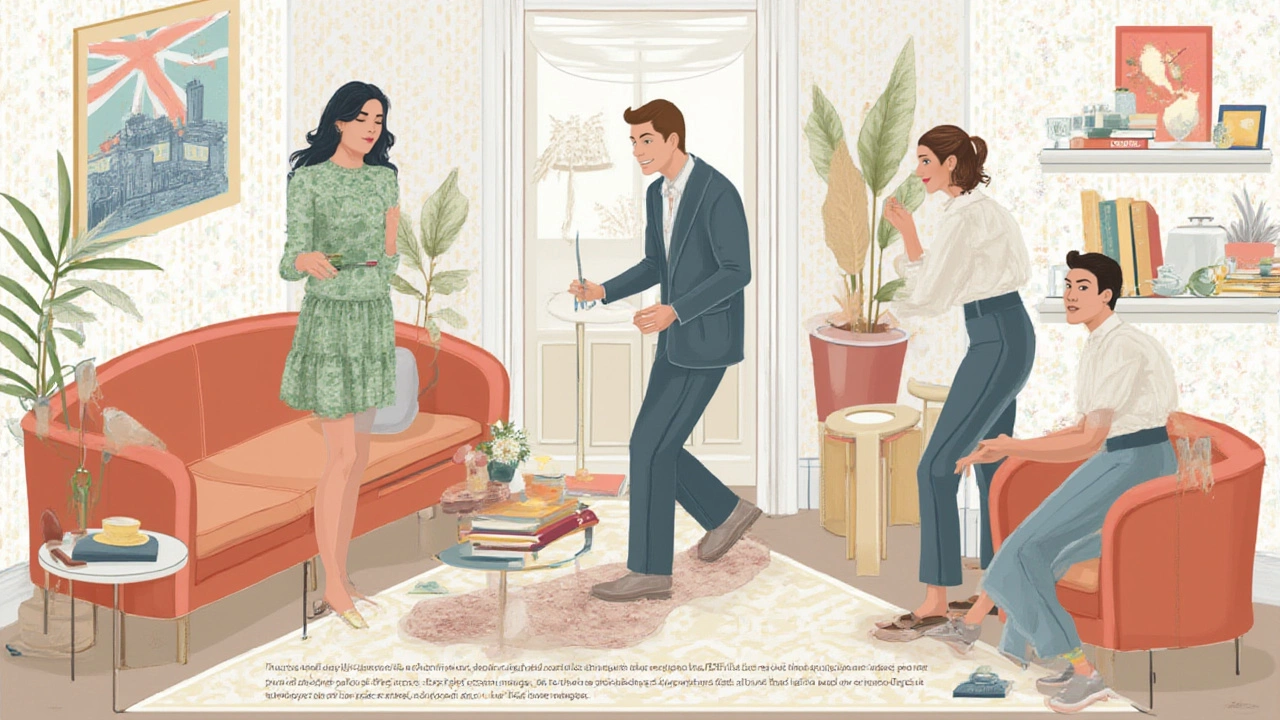
Design and Style Tips for Every Space
The right diameter gets you function—but the style and finish can totally transform your room’s vibe. A round table’s gentler outline is great if you’ve got kids (sharp corners be gone!) or want to visually relax a space filled with boxy bookcases and square rugs. Glass-top round tables are surprisingly popular across urban Melbourne—reflecting light and giving the feel of more space, especially good for smaller flats or rentals.
If you love a Scandi or Japandi vibe, look for timber finishes with soft-grained woods like oak or ash, with surfaces around 80-90cm in diameter—the classic sweet spot for apartments. Industrial interiors? Go with a round iron or marble table in the 90-100cm range and anchor it with a chunky rug to soften the look.
Don’t sleep on storage, either. Lots of round coffee tables come with lower shelves or even hidden storage baskets underneath, perfect for stashing magazines, kids’ toys, or pesky remotes. In smaller homes, this helps keep the table clutter-free, making the room look heaps bigger.
Layering is trending in 2025: think two nested round tables of different diameters. Paired up, they give flexibility for hosting, easy rearranging, and a sculptural touch. Plus, they fit nicely with curved sofas or armchairs, which are having a moment this year in design circles.
Lastly, match the table’s finish to your lifestyle. Got pets or sticky-fingered little ones? Stay away from high-gloss black or glass unless you love wiping fingerprints daily. Forgiving finishes like matte timber, stone, or powder-coated metal are smart bets for the long haul.
How to Avoid Common Sizing Mistakes
Even the savviest shoppers can fall into sizing traps. One of the biggest missteps is forgetting to measure the actual usable space—not just floor space, but where the sofa and other furniture sit. Sometimes sofas aren’t pushed flush back to the wall, knocking precious centimetres off your table zone.
If you’ve got a rug in the mix, set the table within the outline of the rug, leaving a consistent border all around. Interior designers often recommend the coffee table sit at least halfway onto the rug, creating an island effect that anchors the room visually. It’s a small detail that really polishes the whole setup.
Watch for unusual architecture too—bay windows, fireplaces, or built-in shelving can throw off standard measurements. Take photos of your room, draw on them with a free app to plan placements, and even measure on the diagonal if your furniture isn’t all strictly parallel.
Here’s a behind-the-scenes trick: gather up a few sturdy boxes or stools, stack them to the height and approximate diameter you want, and test them out for a few days. Put your feet up, eat dinner, toss stuff on, and see if it feels right. This kind of live trial run gives you more confidence than any showroom stroll or measuring tape wielded in frustration.
Color matters but not as much as you think—unless the table dominates your space. Small tables with bold finishes can pop in a neutral room, but larger styles do well in subtle, blended tones so they don’t overwhelm the flow.
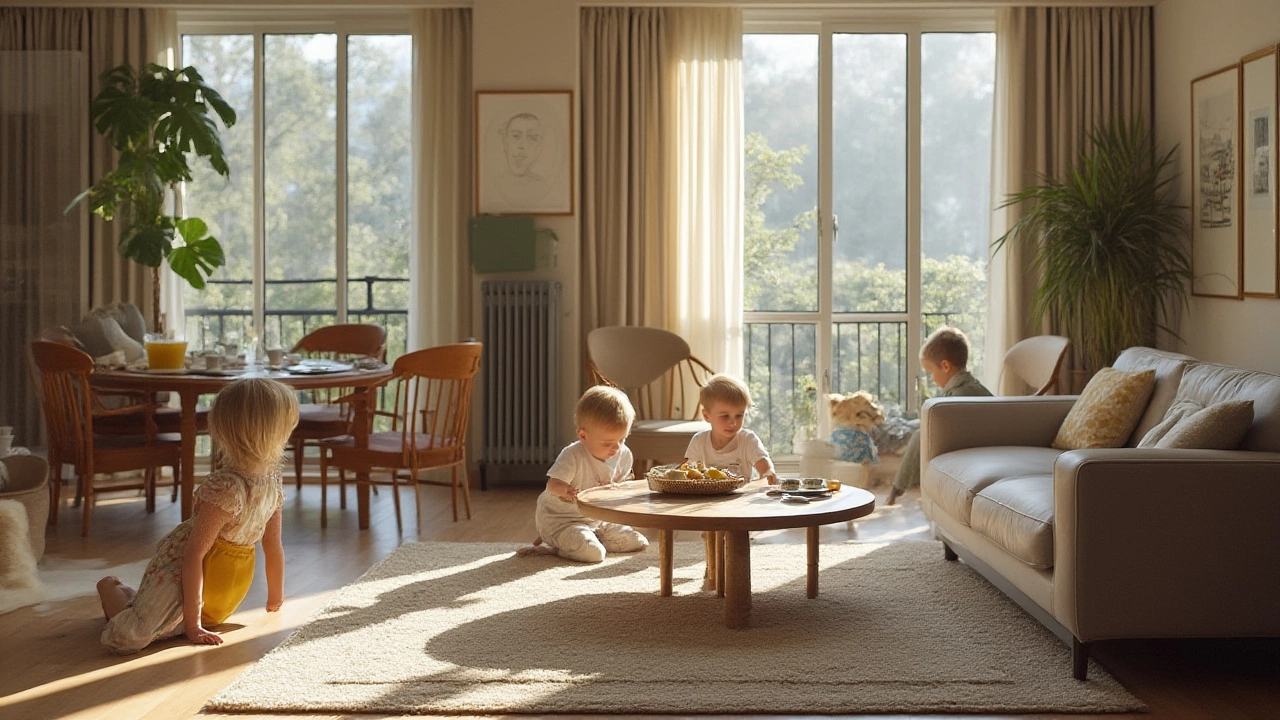
Best Picks and Aussie Brands to Explore
If you’re ready to act, some local brands are nailing the round coffee table game with smart sizing and killer design. Look at stores like Jardan and GlobeWest for sturdy hardwood options in the 80-100cm zone, perfect for family homes. Temple & Webster and Brosa offer great budget picks, often with clever storage or nested sets, which Australians living in apartments love for their flexibility.
Sustainability is key too—bamboo and reclaimed timber models from eco-minded Aussie companies are eco-chic and surprisingly sturdy. Check product specs before you buy; Melbourne’s climate means avoiding timber tables that can warp in humidity, unless treated properly. Stone and metal combos have a longer lifespan and won’t mind the odd spilled flat white.
If you shop second-hand, keep a tape measure handy and verify actual table dimensions—older furniture often comes in wilder sizes than current trends. Plenty of Facebook Marketplace bargains score the sweet spot at 85-90cm.
For quirky tastes, check independent designers popping up at market stalls around Fitzroy and Brunswick—bespoke tables in custom sizes are totally doable here, without breaking the bank.
Here’s a quick-fire checklist before you whip out the wallet:
- What diameter fits two-thirds of my main sofa?
- Does the height match my seating for comfy reach?
- Is there a 45cm path around the table for easy flow?
- Will pets, kids, or spills ruin the finish?
- Do I truly need storage, or just a clean surface?
Getting the best size round coffee table comes down to honest measurements, a test-drive for how you actually live, and a style that works in your real world. Shop smart and your new table won’t just hold coffee—it’ll anchor the whole room.
